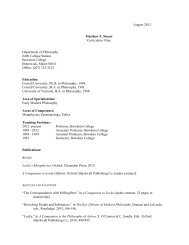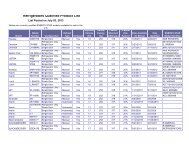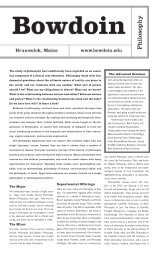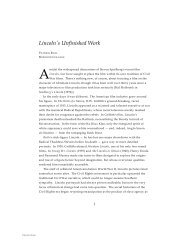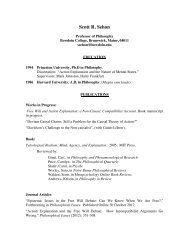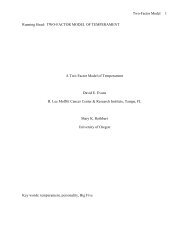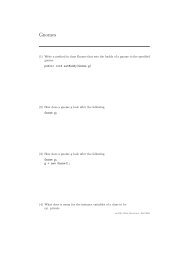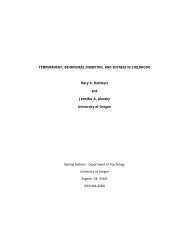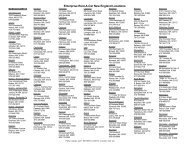You also want an ePaper? Increase the reach of your titles
YUMPU automatically turns print PDFs into web optimized ePapers that Google loves.
THE OPTIMIZATION OF X-RAY COUNT THROUGHPUT<br />
The x-ray count rate is certainly one our most fundamental parameters for determining<br />
optimal spectrum conditions. It is counter-intuitive for most users that increasing the<br />
count rate does not automatically result in a better spectrum or at a minimum in<br />
collecting more counts. The <strong>EDAX</strong> detector amplifier has two time constants (20 µs and<br />
40 µs) which control the amount of time taken to process an x-ray event. While the x<br />
ray is being processed, the detector is “dead” and will not process any additional events.<br />
For each time constant there is a maximum throughput. When it is desirable to have<br />
more counts in a spectrum or in a map, it is always possible to collect the signal for a<br />
longer interval of time, but it is also possible to use a shorter time constant. When the<br />
shorter time constant is employed, the spectrum resolution degrades but for many<br />
applications this is not a serious drawback.<br />
The figure below provides an example of how many counts can be processed in a fixed<br />
interval of time (20 clock seconds). With the longer time constant (“40 tc” or 40 µs),<br />
there are actually fewer counts processed when the count rate was increased from 2000<br />
to 10,000 cps. The same 10,000 cps count rate yielded 6 to 7 times more processed<br />
counts when the shorter time constant (“20 tc” or 20 µs). With the shorter time constant,<br />
doubling the count rate only increased the processed counts by about ¼.<br />
The resolution of the detector degrades noticeably when using the longer time constant<br />
(see figure on the next page), but resolution is not normally a fundamental concern<br />
when we do certain procedures such as collecting x-ray maps, or when the spectra<br />
collected do not have significant overlaps and we are not concerned with low-energy<br />
peaks or their analysis.<br />
<strong>EDAX</strong> Training Course - X-Ray Count Optimization - page 1




